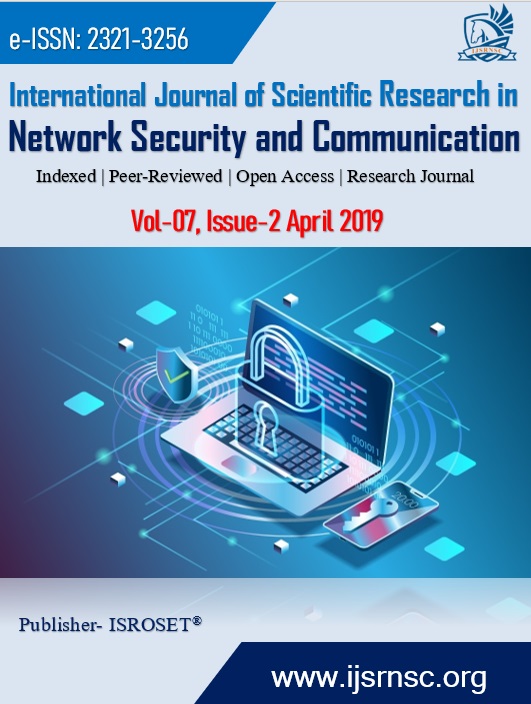Data Mining: A Distinctive Approach to CRM
Keywords:
Customer delight, Data Mining, Marketing, CRMAbstract
Customer delight is prerequisite for the existence and growth of any company. Marketing concept in present form is not focusing on the sales but understanding and serving the customers in such a way that the customers find themselves delighted. In such cases only such companies will be able to survive and grow which has the correct accessibility to correct data at opportune time. In current technologically advanced world, there is no dearth of data but the companies still fail as actual benefits were not extracted from the available data. Data Mining tools provide solution by helping in segmentation of market, and at the same time by helping in different aspects of marketing as for example in customer relationship management (CRM).The objective of the present paper is to put light on the application of data mining in field of CRM for the customer delight.
Customer delight
References
Mittal R.K et al., E-CRM in Indian Banks- An Overview, Delhi Business Review
Vasudevan A. Report of the Committee on Technology Up gradation in Banking Sector(July,1999),Constituted by Reserve Bank of India, Chairman of Committee.
Kargupta Hillol et al., Data Mining: Next Generation Challenges and Future Directions, Publishers: Prentice-Hall of India, Private Limited, 2005.
Kaptan, S. S. et al, Edition 2002- Indian Banking in Electronic Era.
Deshpande S. P. et al, Data Mining System And Applications: A Review.
Michael Chung H. et al, "Current Issues in Data Mining," Journal of Management Data Systems.
Bharati M. et al, Data Mining Techniques And Applications- International Journal of Computer Science and Engineering.
Goplan N. P. et al, Edition 2009.- Data Mining Techniques and Trends.
Downloads
Published
How to Cite
Issue
Section
License

This work is licensed under a Creative Commons Attribution 4.0 International License.
Authors contributing to this journal agree to publish their articles under the Creative Commons Attribution 4.0 International License, allowing third parties to share their work (copy, distribute, transmit) and to adapt it, under the condition that the authors are given credit and that in the event of reuse or distribution, the terms of this license are made clear.









